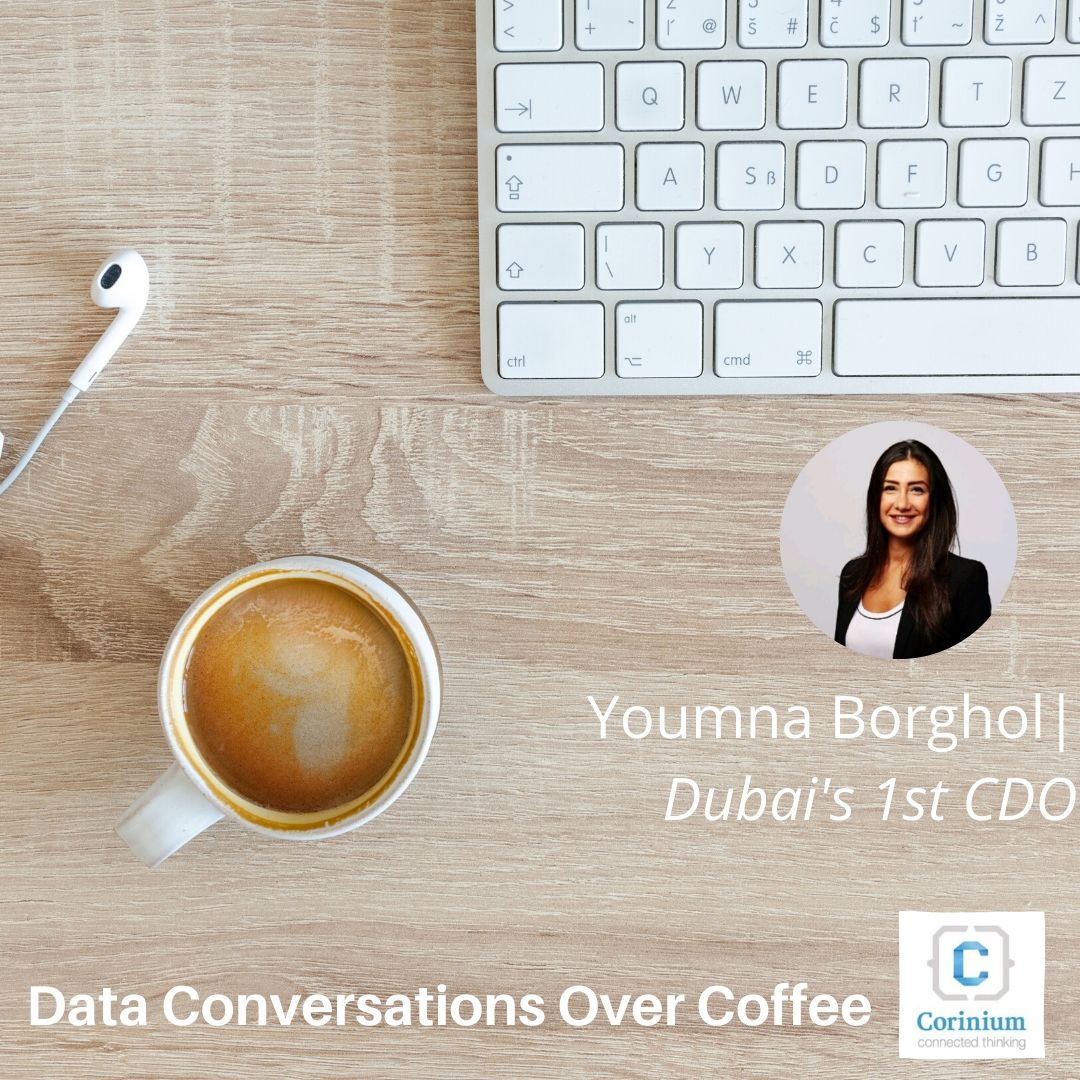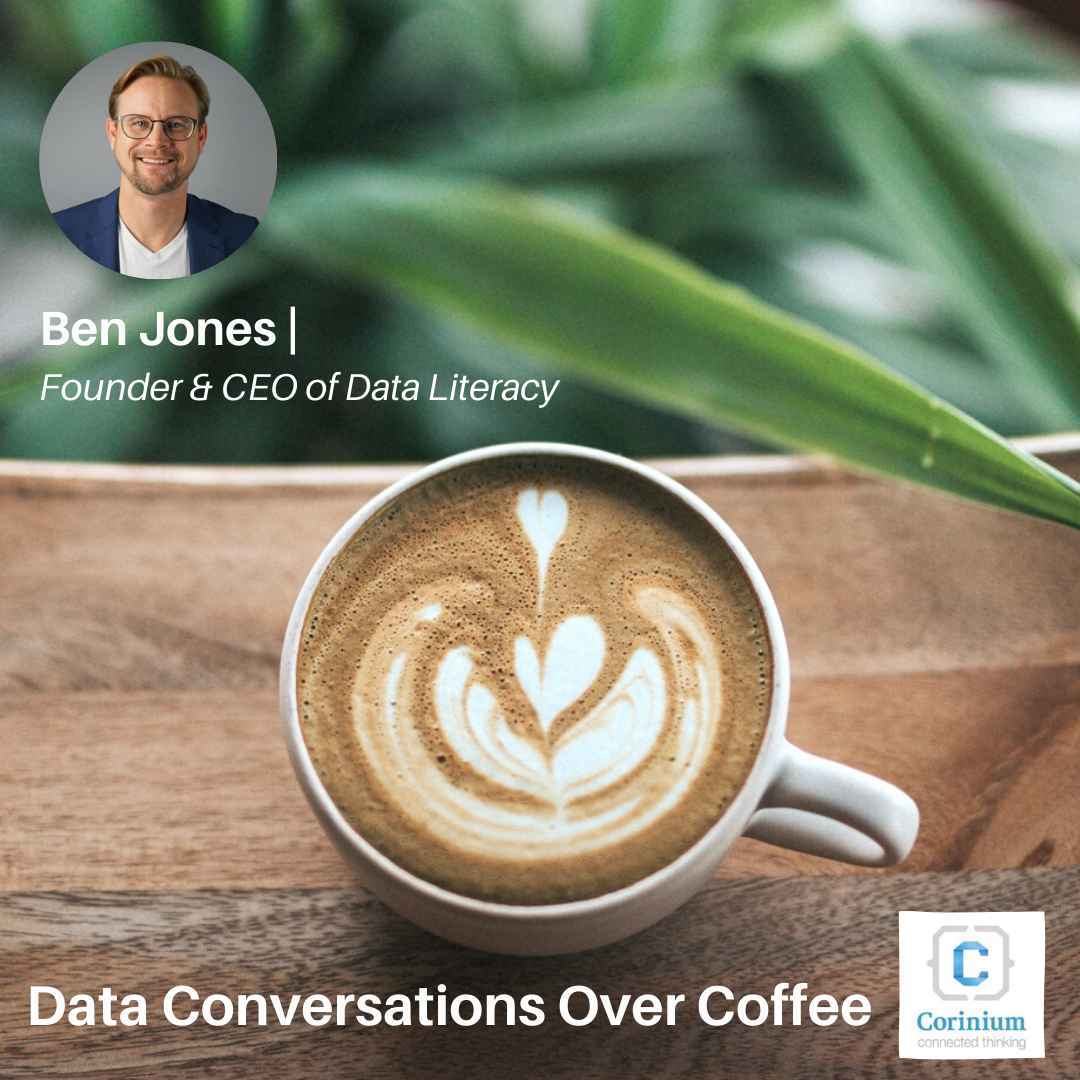I remember getting excited when it came time for the carnival coming to town. There was always a positivity and goodwill in the air as families brought their little ones to try out the various rides and share a meal. One part you either loved or hated, but were never quite the same after you entered was the “fun” house or “house of horrors”. It was hilarious trying out the different mirrors; Some made you look short and stout, others tall and slim, and then there was the one made your head look big. And, many others still…
It amazed me that so many views could come from the same object, my body. For me, this is the perfect analogy of what being the field of “data” is like. Clients go “data, data in the lake, who is the fairest of them all” … and magically an answer needs to be available and true. It must contain no bias, have a clear and precise definition of what being “fair” means and somehow tie up with every other answer ever provided. And beware … it better not be an answer we don’t like.
As data professionals’ our job is to make sure that the mirrors (data solutions) we create reflect the truth accurately based on the facts (data). It can’t be convex, concave or distorted in some any way but must accurately show the truth of the object/topic/data in the mirror. This is riddled with perception, misconception, misunderstanding and varying level of data literacy. Think for a moment about bias in machine learning; it could just be a true reflection of our society (don’t get me wrong, we still have an ethical responsibility though but you get the point).
Data (or datapoints) are a representation of some fact about a thing or interactions between things. There is invariably some form of process that generates the data through an underlying system or way of doing things . And, this is not restricted to the digital world, paper-based systems are remarkably plentiful and deal with a lot of data too. Often companies want access to that data too.
Whether it’s a large corporate or the next big unicorn dotcom data is everywhere and ever growing; in size, variety, usability and speed of creation. How does one make sense of it? or make it easy to benefit from? The answers lay in the functional disciplines we spoke about during part 1 of this series but the short is that there are things we need to do to data either during creation or afterward that make it useful as information that people can understand and use.
The things are plentiful and not all data are equal. Just like money is not all the same; take debt, cash, interest, etc. data also is made up of different kinds that need different treatment to be useful. Unlike money though data can easily be copied (pity-that *tongue-in-cheek*) creating duplication and other related considerations that also need to be accounted for (pun intended).
As a decision maker how do you know whether the data is true or the perhaps the mirror is giving you the wrong information you’re basing your business on? This is where good data management comes in, bringing together the different functional disciplines. There are so many aspects to managing data as I’m sure a Chartered Accountant would say there is to managing Finance.
I often use this illustration to help get the conversion going:

There is a growing understanding (remember literacy) that data management is more than installing an off-the-self software solution and operating it. There are human and organisational elements, duty of care (same as money or people) and increasingly laws that require us to be diligent about how we manage it.
The functional disciplines not only do important things to data to make it useable, useful and value-adding but also ensure obligations for handling aspects like personal and sensitive information are addressed systematically. Not covering every aspect has implications similar to not having finance functions cash-flow management, treasury, etc. do. Organisations must be aware of those implications and make conscious decisions about them.
How many HR or Finance departments would one company have? Yet, somehow everyone in the organization still has a role to play regarding money and people management. Measuring what we want to manage is an age-old practice, yet there is so much controversy that can be created when the “data” starts to role in.
My hope if that this analogy helps frame thinking around data and analytics. Reach out on dataguyza@gmail.com for a chat or share your comments below.



.png)




